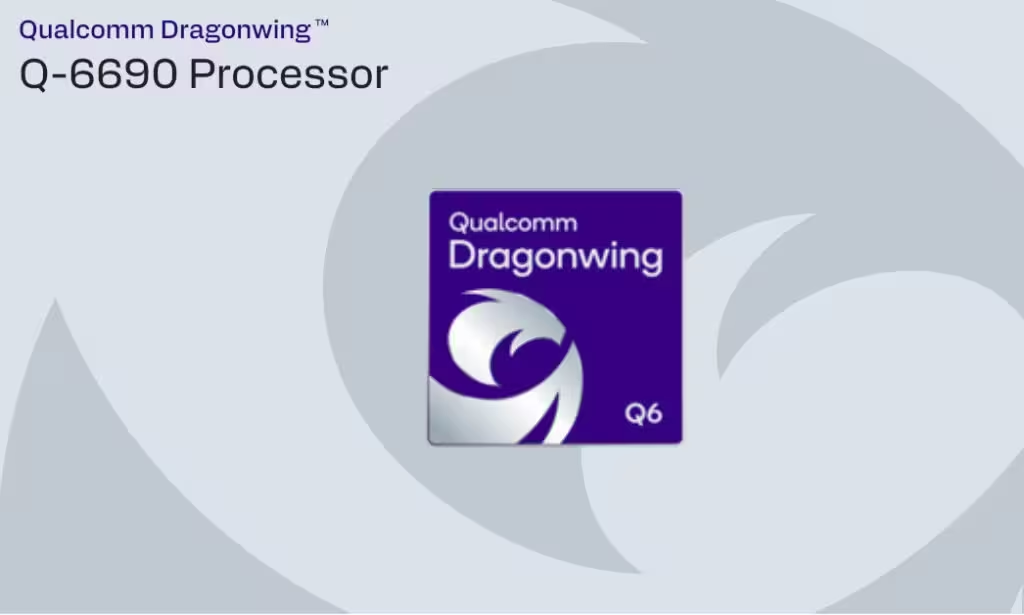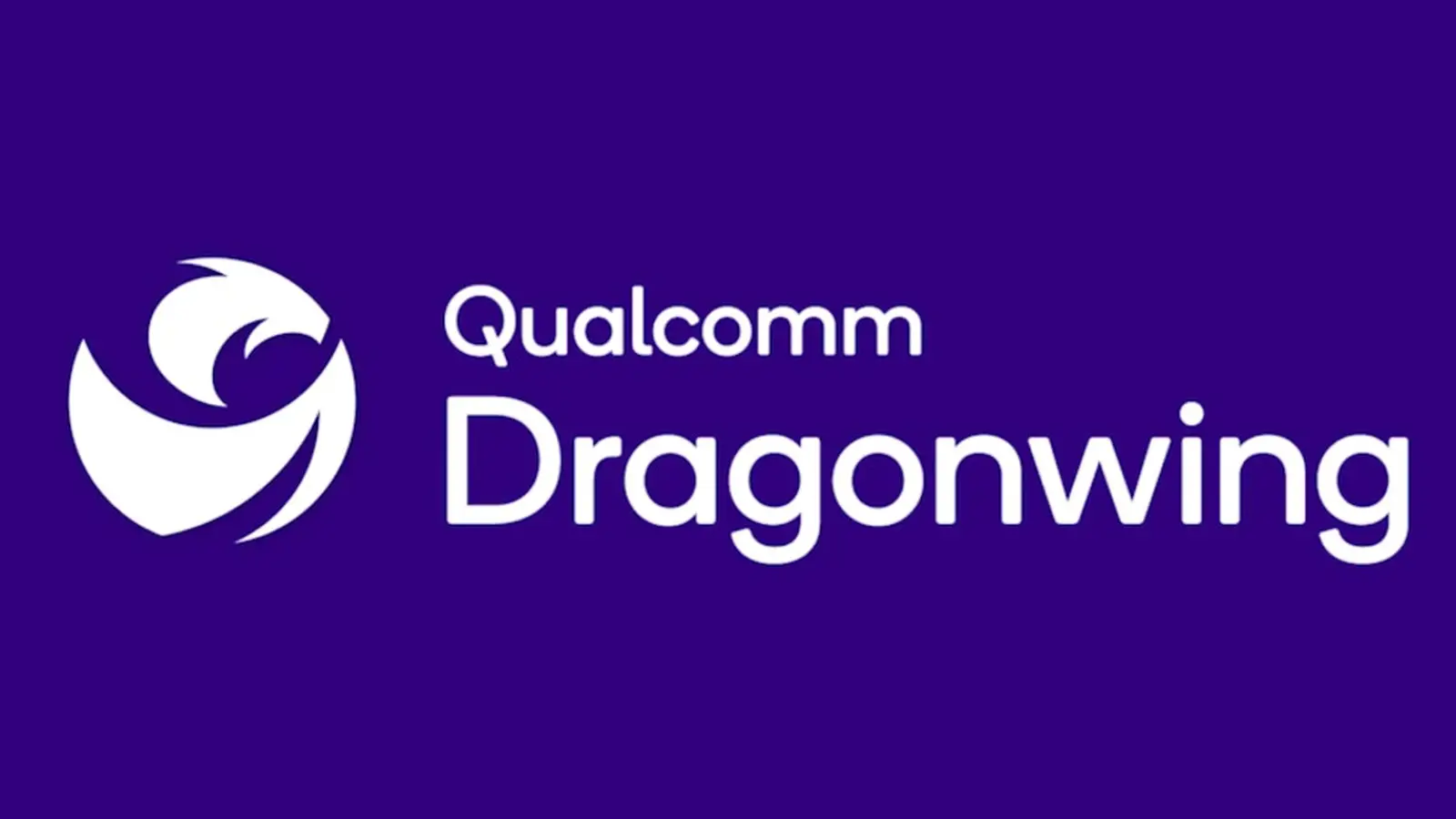3 Minutes
Qualcomm has introduced the Dragonwing Q-6690, the industry’s first enterprise-grade mobile processor to integrate a full UHF (RAIN) RFID reader on-chip. Built on a 4 nm process, the Q-6690 targets enterprise and industrial devices that demand on-device AI, high-throughput connectivity, and long-term software flexibility without repeated hardware redesigns.
Key product features
Fully integrated UHF (RAIN) RFID
By embedding a UHF RAIN RFID reader directly into the SoC, the Dragonwing Q-6690 removes the need for bulky external RFID modules. Native RFID support streamlines device design, reduces bill of materials (BOM) costs, and enables real-time tag reading for applications such as retail inventory intelligence, asset tracking, warehouse automation, and product authentication.
Premium wireless connectivity
The Q-6690 offers advanced connectivity for demanding enterprise deployments: 5G+5G DSDA (Dual-SIM Dual-Active) for simultaneous dual-5G links and seamless failover, Wi‑Fi 7 with 320 MHz channel support and Multi-Link Operation (MLO) that can aggregate throughput beyond 30 Gbps, Bluetooth 6.0, and integrated UWB for fine-grain ranging and location awareness.

Performance and on-device AI
The Dragonwing Q-6690 packs an octa-core Qualcomm Kryo CPU (1x Kryo Gold Prime at 2.9 GHz, 3x Kryo Gold at 2.7 GHz, and 4x Kryo Silver at 2.0 GHz) paired with a dedicated AI engine capable of up to 6 TOPS. The 4 nm node delivers a balance of high performance and energy efficiency, enabling complex edge AI tasks and real-time video processing directly on devices.
Software-configurable features
One of the Q-6690’s defining advantages is its software-defined upgrade path: manufacturers can add or unlock capabilities through feature packs without swapping hardware. That means devices can be upgraded for additional AI power, richer camera support, new peripherals, or performance boosts across a multi-year lifecycle.
Comparisons and advantages
Compared with designs that rely on separate RFID modules, the Dragonwing Q-6690 reduces device complexity and size while lowering cost and power overhead. Against prior enterprise mobile processors, it stands out for combining integrated RFID, Wi‑Fi 7 MLO throughput, dual-active 5G resilience, on-device AI up to 6 TOPS, and a software-upgradeable model — all in a single 4 nm SoC.
Primary use cases and industries
The Q-6690 is tailored to many verticals: Retail (inventory intelligence and loss prevention), Supply Chain & Logistics (asset tracking, automated receiving), Smart Buildings & Enterprises (connected sensors and access control), Smart Cities (public asset management), Home & Life Appliances, and Medical & Healthcare devices (equipment tracking and secure authentication). Qualcomm also lists a product longevity commitment through 2034, addressing enterprise procurement and lifecycle planning.
Market relevance
As enterprises push more intelligence to the edge, processors that integrate vertical-specific capabilities — like UHF RFID — will accelerate adoption of smart infrastructure and automated operations. The Dragonwing Q-6690 positions OEMs to ship slimmer, more capable devices that offer robust connectivity, stronger on-device AI, and future-proof software upgradeability, making it a compelling platform for the next generation of enterprise and industrial hardware.



Comments